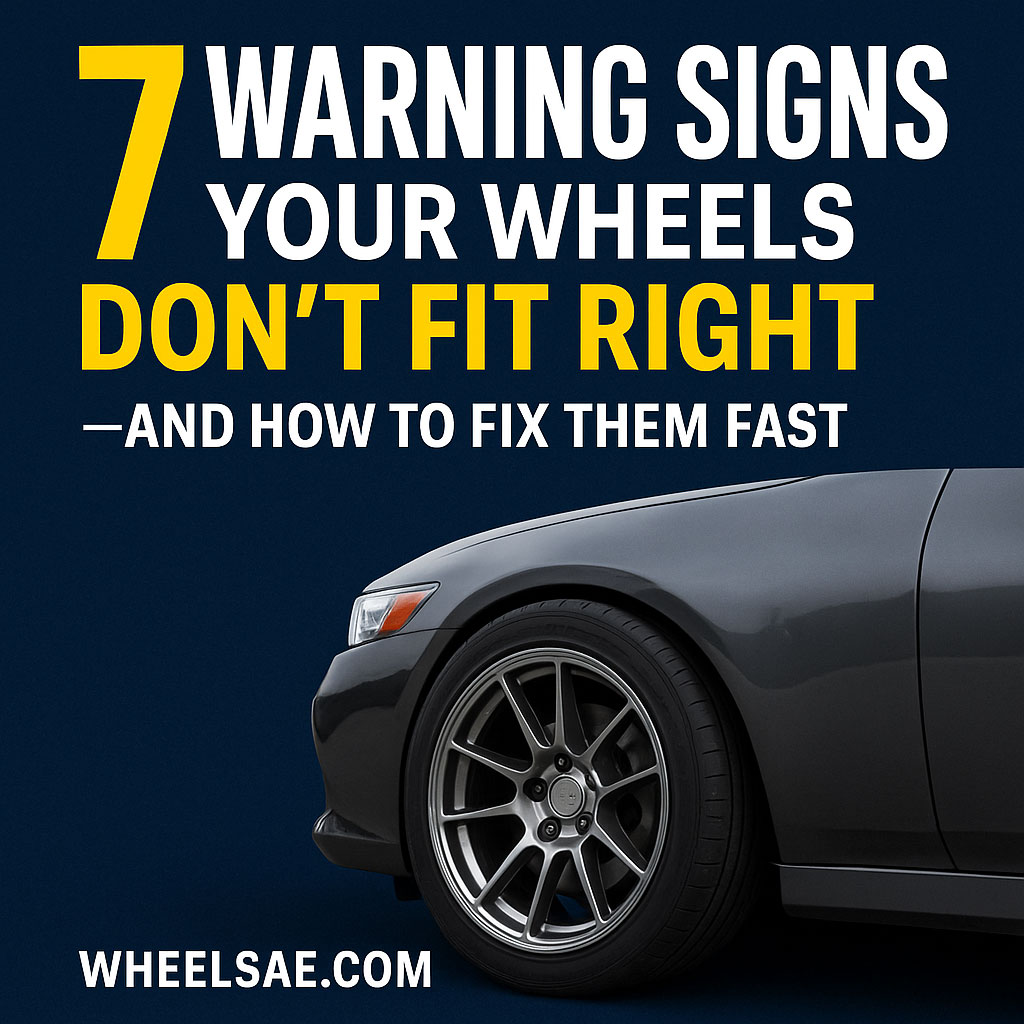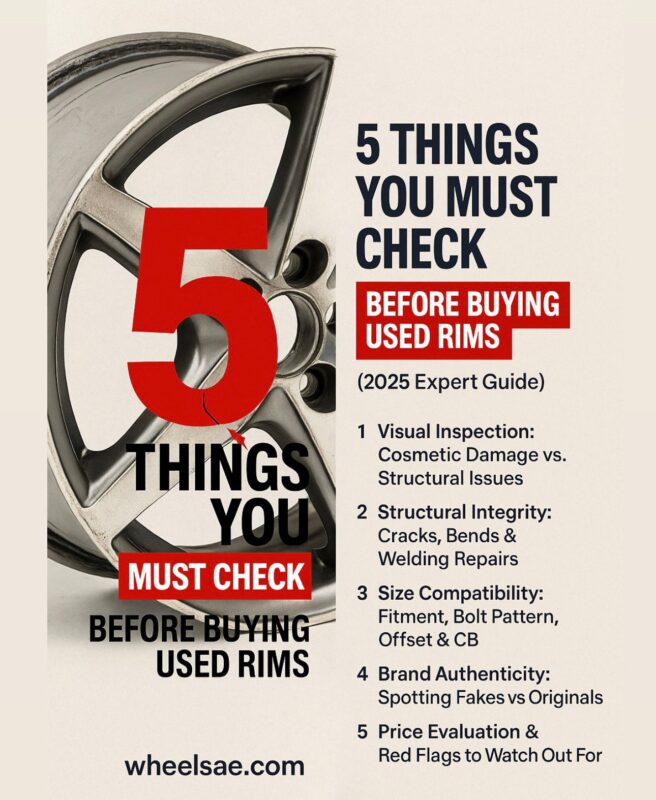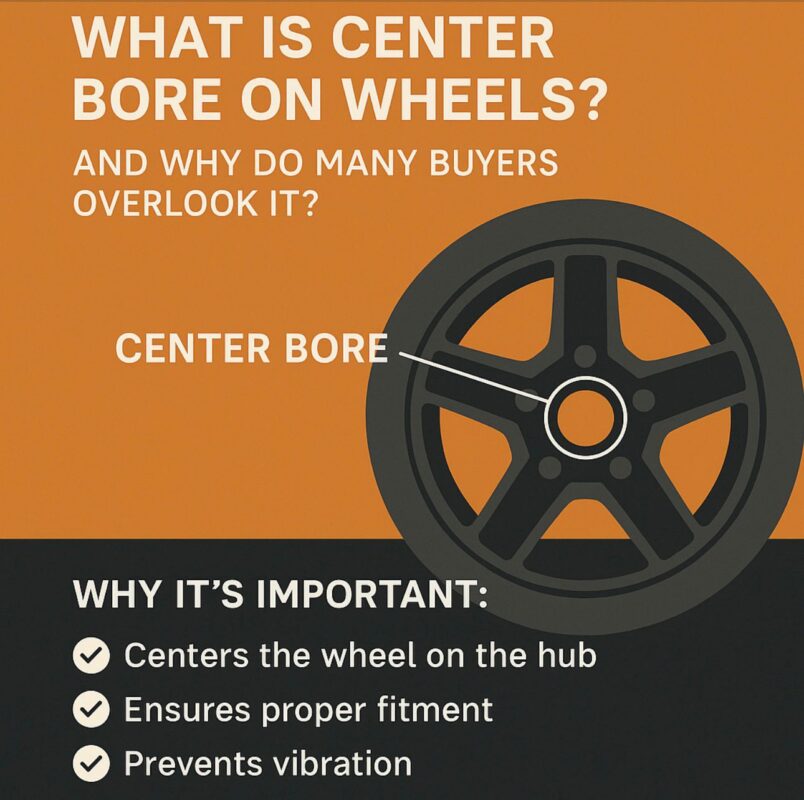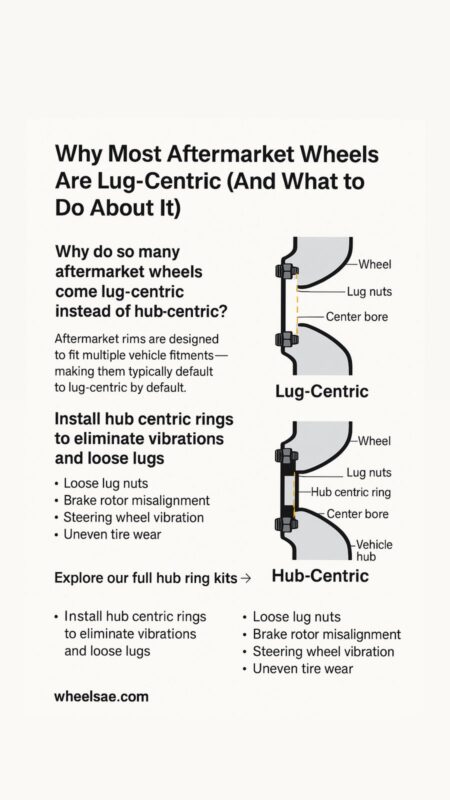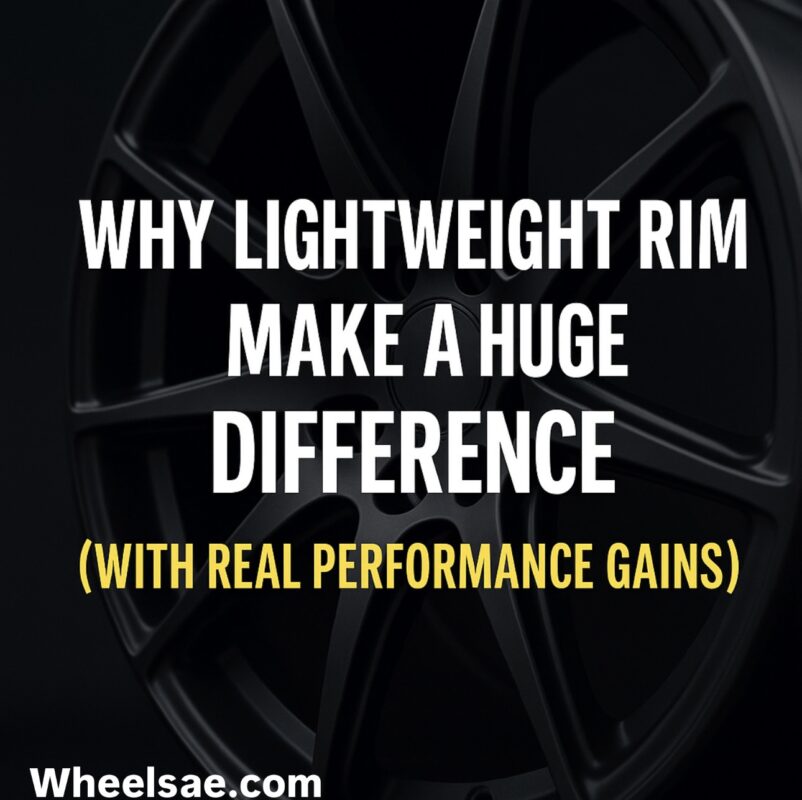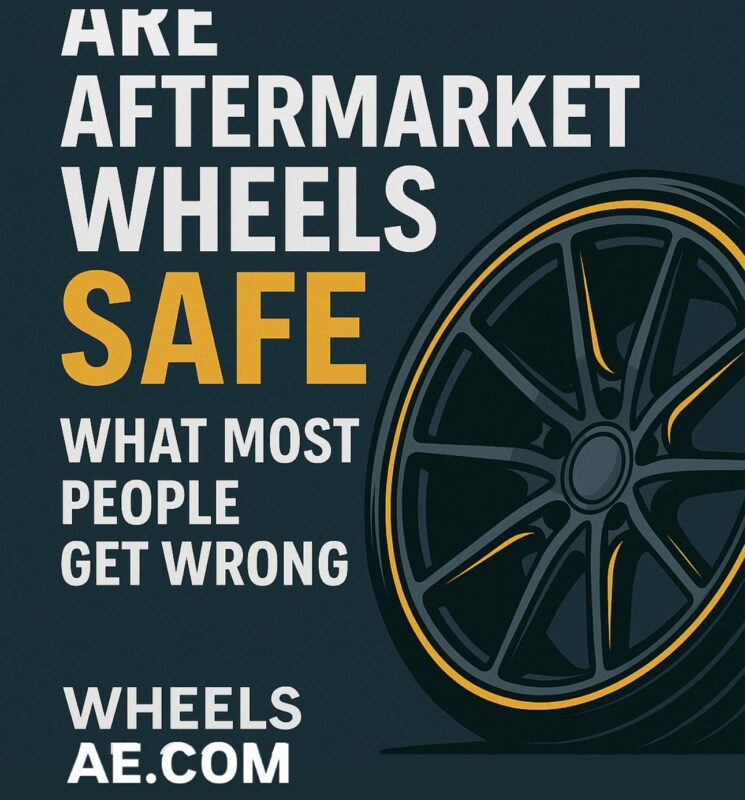Wheel Fitment Issues Explained: 7 Signs You’ve Got the Wrong Wheels on Your Car (And How to Fix It)
1. What Is Wheel Fitment?
Wheel fitment refers to how well your wheels and tires match your vehicle’s specifications. It includes critical measurements like:
• Bolt pattern (PCD)
• Wheel diameter and width
• Offset (ET)
• Center bore
• Tire size compatibility
If any of these are incorrect, it can cause handling issues, tire wear, noise, and even safety hazards.
⸻
2. Why Wheel Fitment Matters
Wheels aren’t just cosmetic. They’re a core part of how your car handles, accelerates, stops, and feels on the road. Proper wheel fitment ensures:
• Balanced weight distribution
• Safe brake clearance
• No rubbing or scraping
• Stable high-speed performance
• Longer tire and suspension life
In countries like the UAE, improper wheel fitment may also cause you to fail RTA vehicle inspection — costing you time and money.
⸻
3. The 7 Warning Signs Your Wheels Don’t Fit Right
1. Vibration at High Speeds
If your car shakes above 80–100 km/h, especially through the steering wheel or seat, it could mean:
• Wrong center bore
• Unbalanced wheels
• Lack of hub rings
2. Tires Rub Against the Fenders or Inner Liners
Hear a scraping noise when turning or going over bumps?
• Your wheels may be too wide
• Offset might be too low (wheels pushed out too far)
3. Poor Steering Response or Drifting
If the car pulls left or right or feels unstable when changing lanes:
• You might have altered your suspension geometry through improper wheel specs
4. Uneven Tire Wear
Worn outer or inner edges of your tires indicate:
• Misalignment
• Wrong width or offset pushing suspension out of spec
5. Wheels Look Too Far In or Stick Out
This isn’t just visual — if your wheels poke out past the fenders, you could face:
• Police fines
• Failed inspection
• Suspension stress
6. Grinding or Metallic Noises from the Wheels
If you hear metal-on-metal noises:
• Your wheels may be hitting the brakes or control arms
• Spacer may be required — or used incorrectly
7. You Just Installed New Wheels and Something Feels Off
If the car “doesn’t feel right” after a wheel change, trust your instincts. Fitment might be wrong even if the bolt pattern fits.
⸻
4. Real-Life Example: What Happened After Wrong Fitment?
A customer in Dubai recently installed 20×10 wheels with an aggressive offset on a Nissan 350Z — without spacers or hub rings. The result?
• Rear tires rubbed on every speed bump
• Steering became jittery at 120+ km/h
• One tire wore out after 3 weeks
• RTA inspection was rejected
After switching to proper offset wheels and installing hub-centric rings, the ride smoothed out and passed the RTA test with no issue.
⸻
5. Risks of Driving with Improper Wheel Fitment
• ❌ Premature suspension wear
• ❌ Tire blowouts
• ❌ Failed brake clearance = dangerous fade
• ❌ Poor alignment = constant drifting
• ❌ Failed RTA inspection in UAE
• ❌ Higher fuel consumption
• ❌ Expensive repairs
⸻
6. How to Fix Wheel Fitment Issues Step-by-Step
✅ Step 1: Measure Your Stock Fitment
Use online databases or the owner’s manual to find:
• OEM wheel size (e.g., 18×8.5 ET40)
• Center bore
• Bolt pattern
✅ Step 2: Check Current Wheel Specs
Look behind your wheels for engraved size and offset. If not visible, use a fitment gauge or ask the wheel supplier.
✅ Step 3: Use Hub-Centric Rings
If your wheels have a larger center bore than the hub, install hub rings to eliminate vibrations.
✅ Step 4: Install Wheel Spacers (if needed)
When wheels are too tucked in, forged aluminum spacers can correct the offset. Always use hub-centric spacers — not universal ones.
✅ Step 5: Get Professional Wheel Alignment
After any wheel or tire change, do a proper 3D alignment. Even 5mm difference in offset can mess up camber/toe.
✅ Step 6: Test Drive and Inspect
Go for a 10–15 minute test drive at highway speed, full lock turns, and over bumps. Re-check for:
• Vibration
• Rubbing
• Noise
⸻
7. How to Choose the Right Wheels (Expert Tips)
• ✅ Use a fitment calculator to compare OEM vs aftermarket
• ✅ Match the bolt pattern exactly
• ✅ Choose ET (offset) carefully — don’t just copy Instagram builds
• ✅ Always go hub-centric
• ✅ Buy from trusted suppliers that list specs clearly
⸻
8. Common Mistakes to Avoid
• ❌ Assuming “if it fits, it’s fine”
• ❌ Using cheap plastic spacers or rings
• ❌ Ignoring offset and backspacing
• ❌ Mixing tire sizes without checking rolling diameter
• ❌ Buying replica wheels without checking safety ratings
⸻
9. Wheel Fitment Checklist ✅
Item Check
Bolt pattern matches hub ✅
Center bore fits hub ✅
Offset is close to OEM ✅
Wheel clears brakes ✅
Tires don’t rub at full lock ✅
Ride feels smooth at 100+km/h ✅
⸻
10. Final Thoughts
Getting wheel fitment wrong is more common than most drivers think — and the signs can sneak up on you. Whether you’re buying new rims or troubleshooting vibrations, checking fitment specs is non-negotiable.
Need help picking the right fitment? At WheelsAE, we offer professional guidance, forged spacers, and hub rings to fix or perfect your fitment.
⸻
🔗 Useful Links and Resources
• 📘 Read more on fitment & upgrades: https://wheelsae.com/blog
• 🔧 Shop hub rings, forged spacers, and wheels: https://wheelsae.com
• 📸 See real customer builds and before/after photos: https://www.instagram.com/wheels_tire.ae/

